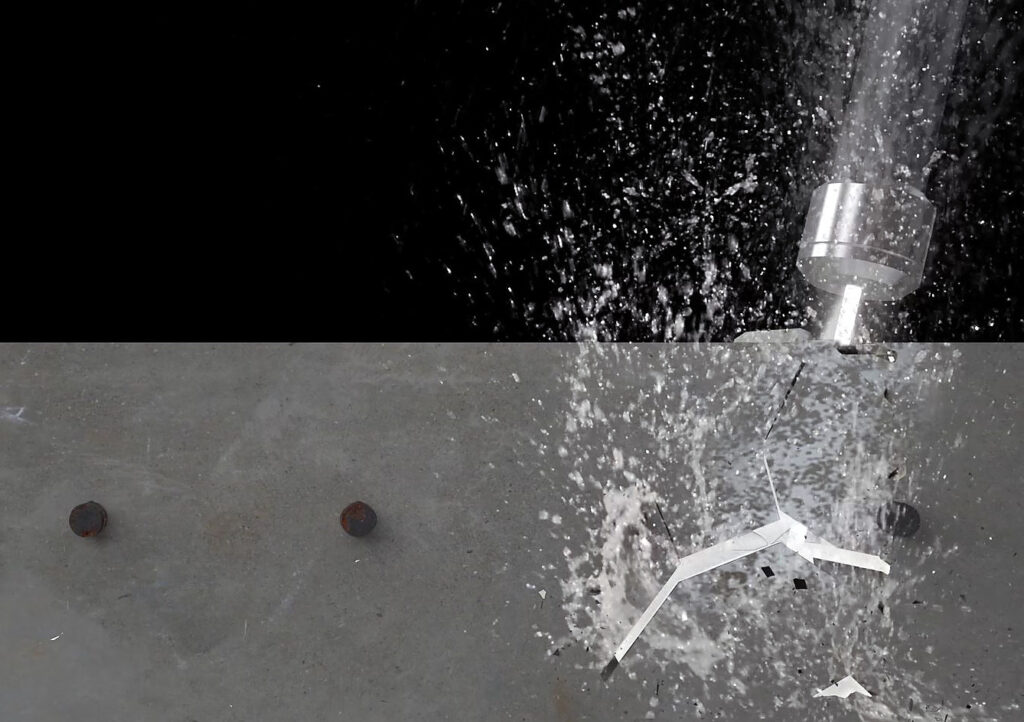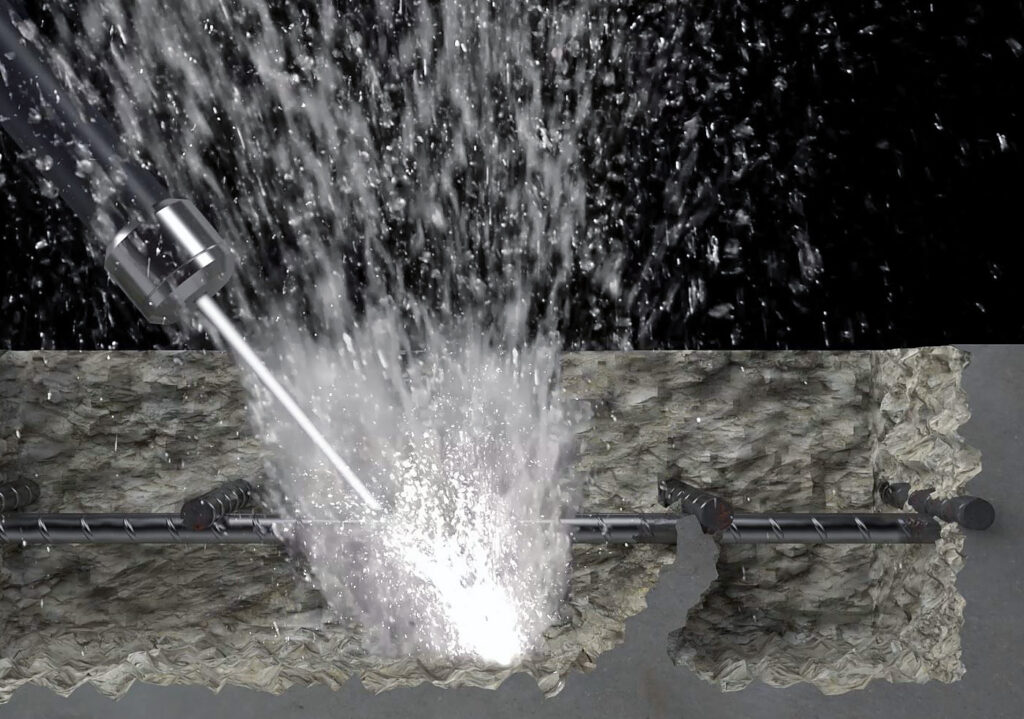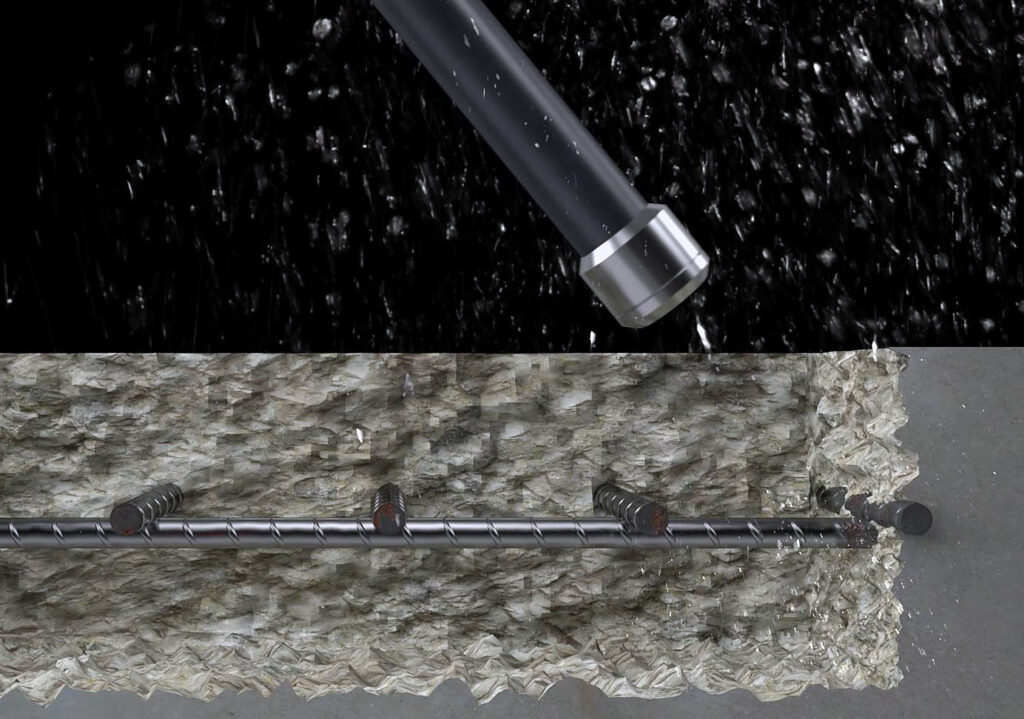-

Selective removal
Selective removal is one of the basic principles of hydrodemolition. It means that you only remove the amount of concrete needed for the refurbishment. By using a lower water pressure (typically 1000 bar / 14 500 psi) the effect on the concrete will be selective. The sides and the bottom of the cut will be a little rough since it follows the quality of the concrete. The concrete will be removed where the quality is poor. The good concrete will be left undamaged.
Robotic process:
» 1000 – 1400 bar / 14 500 – 20 300 psi
» 180 – 264 l / 48 – 70 gal of water
Recommendation:
» Aqua Cutter 410 / Aqua Cutter 710 / Aqua Cutter 750
» Ecosilence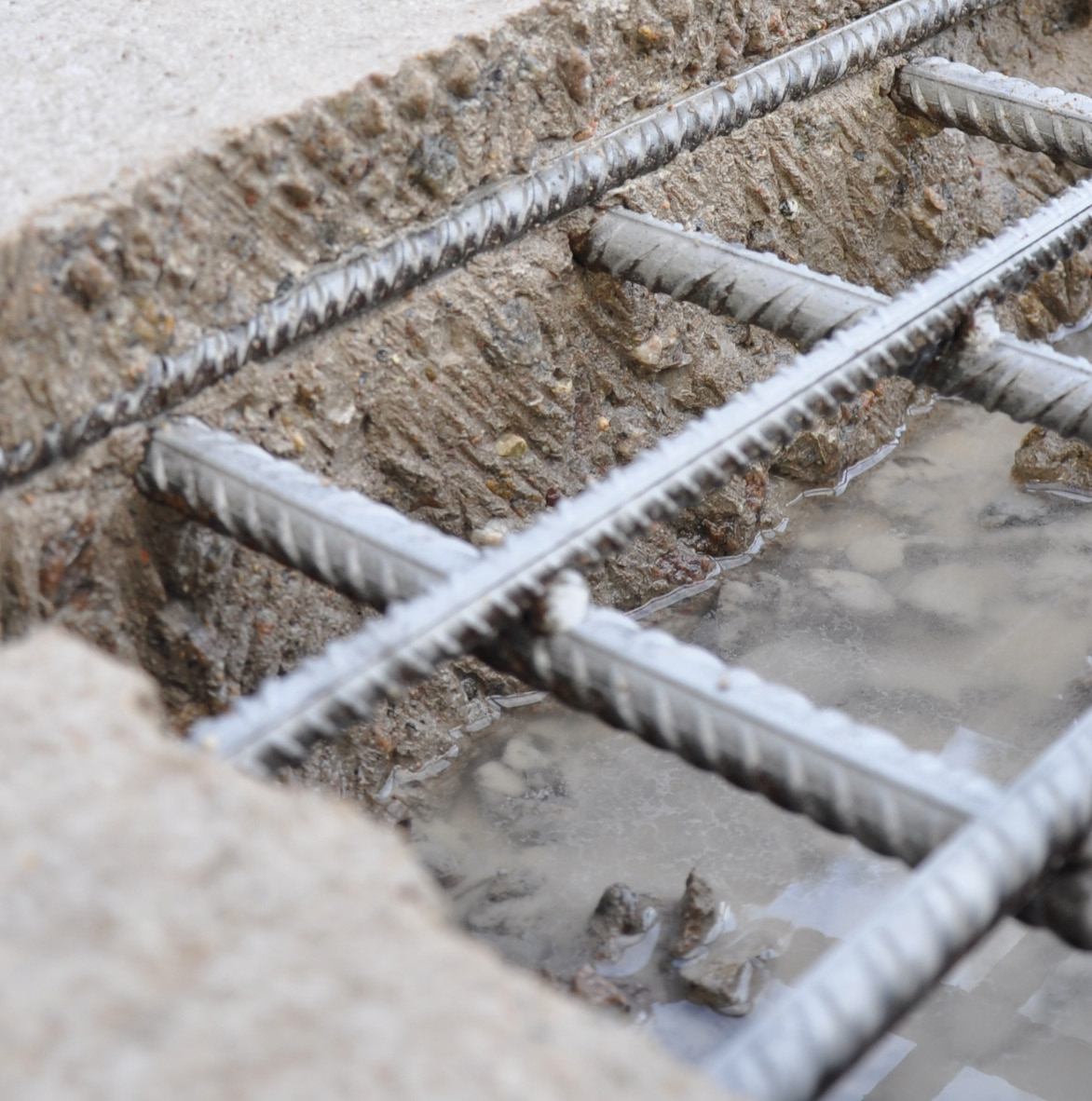
Controlled depth removal / Hydromilling
Controlled depth removal means that you use higher water pressure (2500 bar/36259 psi), that will have a more cutting effect on the concrete. The result will be more even both on the sides and the bottom of the cut. It will remove all that is set in the control system, regardless of the concrete quality.
Robotic process:
» 1500 – 3000 bar / 21 800 – 43 500 psi
» 38 – 130 l / 10 – 35 gal of waterRecommendation:
» Aqua Cutter 410 / Aqua Cutter 710 / Aqua Cutter 750
» Ecosilence / Power Pack 270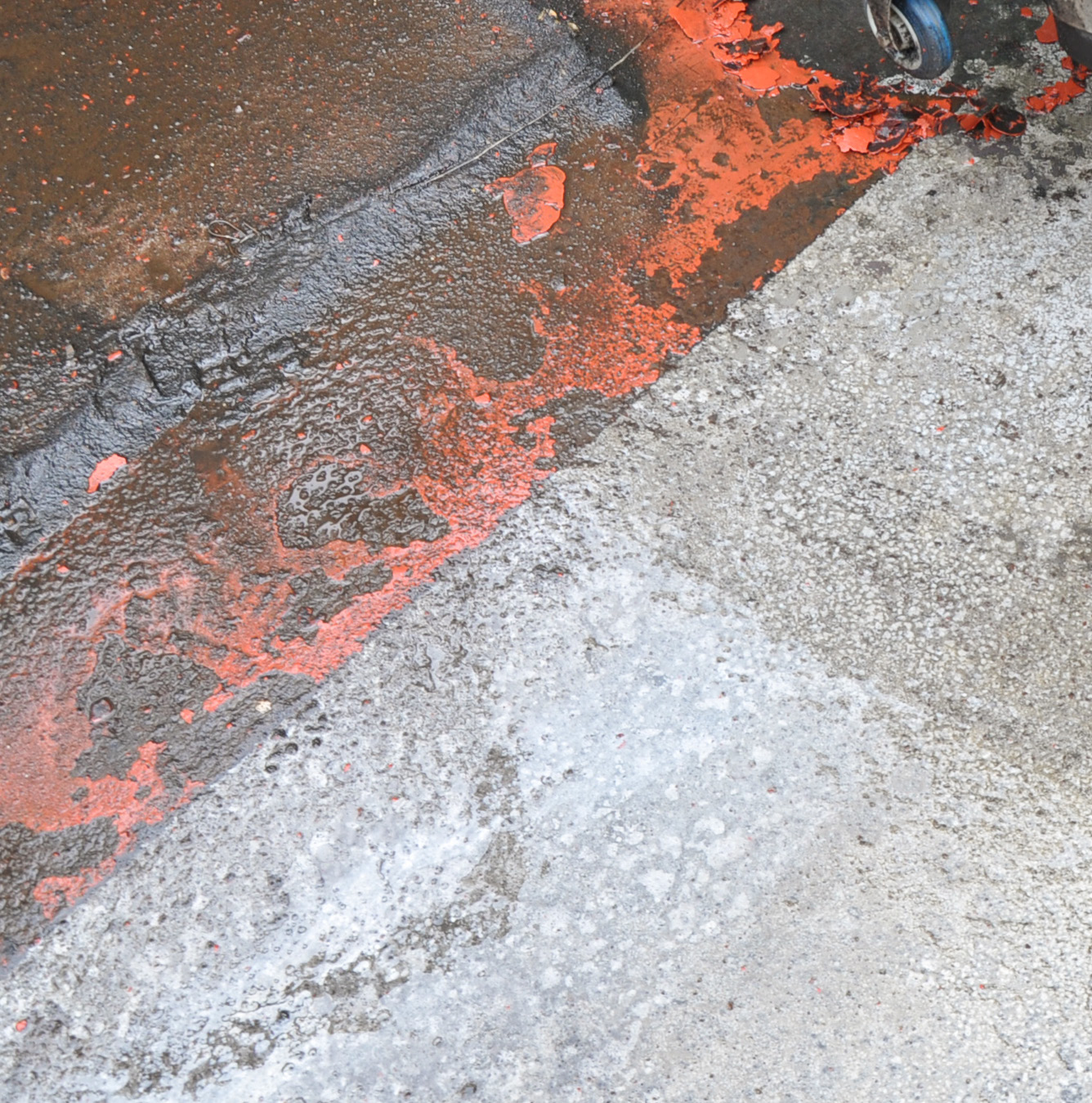
Rust and paint removal
High-pressure water can also be used to remove paint or rust, avoiding use of grid blasting. This means no dust pollution, no contaminated sand to dispose of, just a clean steel surface left after removal. Rubber coatings or rubber on, for example, airplane runways from the tires can also be removed.
Robotic process:
» 1000 – 3000 bar / 14 500 – 43 500 psi
» 38 – 264 liters / 10 – 70 gal of waterRecommendation:
» Aqua Cutter 410 / Aqua Cutter 710 / Aqua Cutter 750 /
Aqua Cutter PCM / Ergo go / Ergo Spine go
» Rotolance / Ergo Rotolance / Aqua Spine / Aqua Centralizer
» Ecosilence / Power Pack 270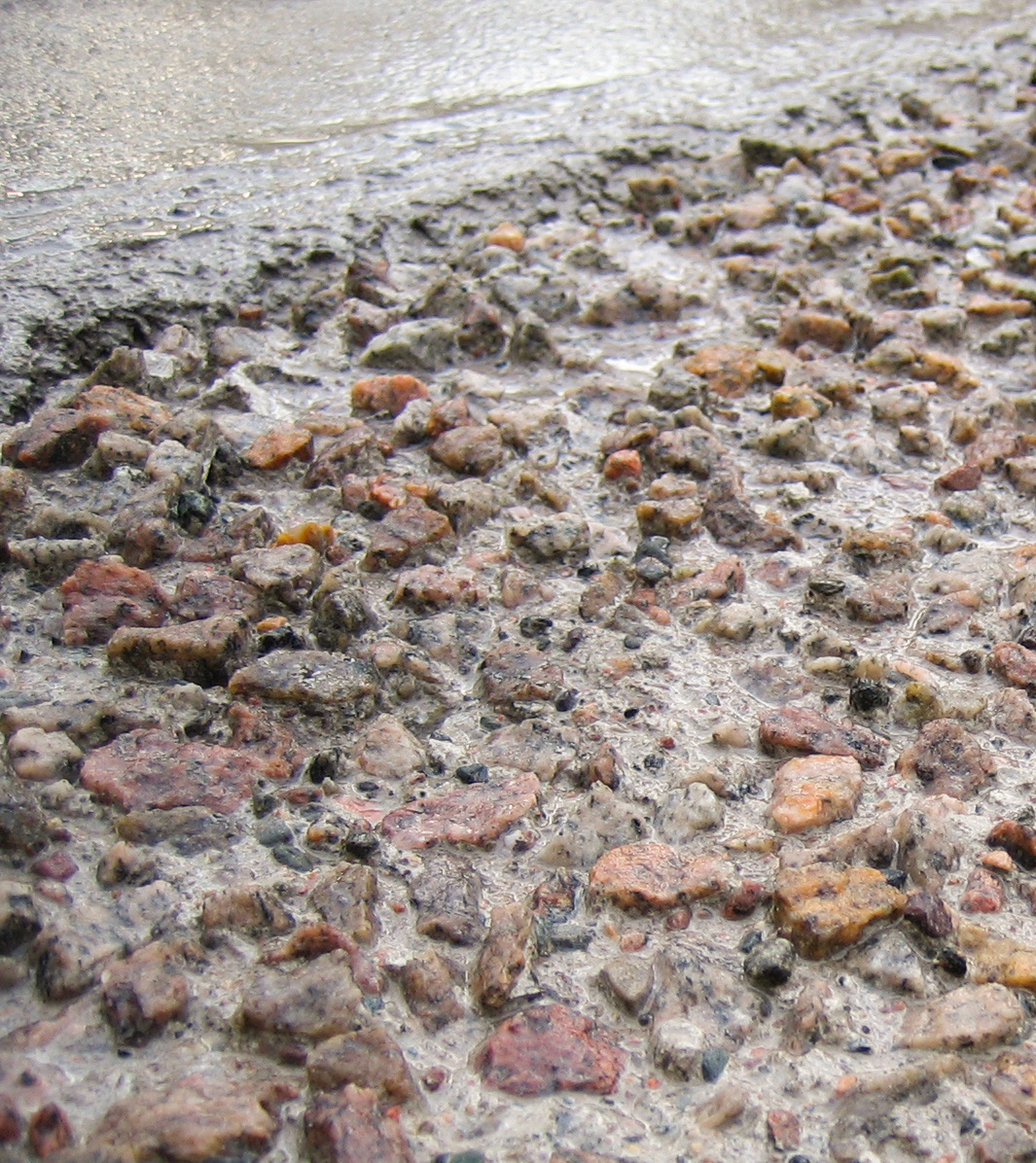
Scarifying and surface preparation
To make a god bounding on a surface for the new material you need to roughen up the old surface. If you want to make a good bounding surface but at the same time remove as little material as possible, the most effective way to do that is to use a rotolance. The Rotolance tool will produce precise and fast removal of a shallow concrete layer. And will leave a superior rough bonding surface, for a new coating. This is also the best and most efficient way to roughen a slippery concrete surface.
Robotic process:
» 1000 – 3000 bar / 14 500 – 43 500 psi
» 38 – 264 liters / 10 – 70 gal of waterRecommendation:
» Aqua Cutter 410 / Aqua Cutter 710 / Aqua Cutter 750 / Aqua Cutter PCM / Ergo go / Ergo Spine go
» Rotolance / Ergo Rotolance / Aqua Spine / Aqua Centralizer
» Ecosilence / Power Pack 270
Industrial cleaning
Traditional industrial cleaning has historically been carried out by handheld tools. This is a very dangerous operation and something that could be avoided by the use of robotic cleaning. More and more contractors are switching from manual to automated cleaning, increasing both safety and efficiency.
Robotic process:
» 1000 – 3000 bar / 14 500 – 43 500 psi
» 38 – 264 liters / 10 – 70 gal of waterRecommendation:
» Aqua Cutter 410 / Aqua Cutter 710 / Aqua Cutter 750 / Aqua Cutter PCM / Ergo go / Ergo Spine go
» Rotolance / Ergo Rotolance / Aqua Spine / Aqua Centralizer » Ecosilence / Power Pack 270
A healthy way of work
Taking responsibility for the impact of our products and services on people in their everyday lives is a key factor of our success. Hydrodemolition should always be safe, healthy and sustainable. Noisy, unwieldy and dangerous products are not our cup of tea. It’s the other way around. We care about you and the world around us.
Noise has become a major concern on many jobsites. The negative effects of sound exposure on employees and the public has led to sound abatement practices in construction and demolition practices as contractors work to minimize noise pollution. Solving this problem was the driving factor behind our Ecosilence 3.0. By enclosing the high-pressure pump in a 20-foot shipping container with advanced sound-absorbing cassettes and an integrated muffler system, our engineers were able to greatly reduce decibels while the machine is in operation. We were also able to employ start/stop technology to improve fuel consumption for a greener machine overall. Aquajet’s products are designed to meet all possible needs and safety regulations. Our products provide the best possible performance and efficiently remove concrete in constant or variable thickness.
Clear difference
The presence of water is the very basics of hydrodemolition. Our customers use the power of water to remove deteriorated and damaged concrete in the safest and most efficient way possible, but there’s more to hydrodemolition than meets the eye. Hydrodemolition is also about protecting water and discharging water back into the environment in a safe way. No pollution. No fuss. No remorse.
The circle of water
Our EcoClear is another example of Aquajet technology for a greener jobsite. There are several ways to handle wastewater from the hydrodemolition process — collecting and trucking it out, constructing a complicated homemade filtering system, or acquiring an OEM system. Onsite water treatment with an OEM system is the greenest and most cost effective. It minimizes fuel consumption and emissions.
Be autonomous, not dangerous
Furthermore, hydrodemolition is safer than any other concrete removal method due to its automatic nature. It basically eliminates manual labor from the picture, keeping the operator out of harm’s way. Our automated robots and fixed hydrodemolition equipment are always operated from a safe distance with a remote control. The operator at the site doesn’t have to worry about debris or projectiles flying around, nor dust pollution in the air or the potential risk of silicosis. With our innovation, Ergo Systems, you can also automate your sanitization operations and make your everyday work a whole lot easier, safer and faster.


